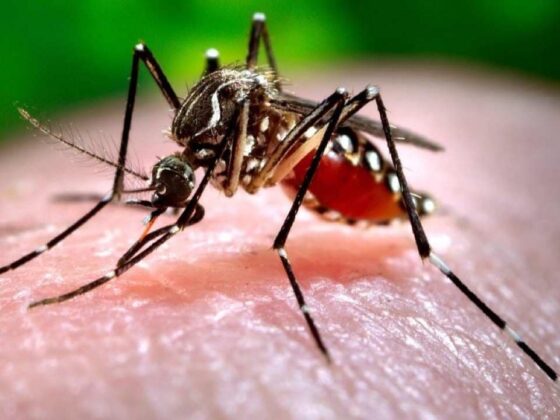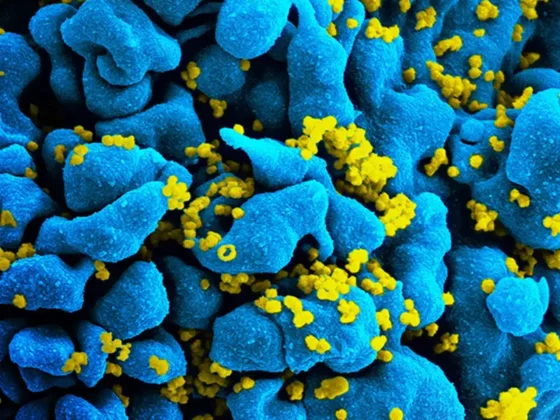New Delhi, October 07: Marburg virus disease (MVD), a highly contagious and often fatal hemorrhagic fever, is caused by the Marburg virus. This virus is closely related to the Ebola virus and belongs to the Filoviridae family. Marburg outbreaks have been reported in several African countries, causing significant concern due to their high mortality rates.
Origins and Transmission
The Marburg virus was first identified in 1967 after outbreaks occurred in Marburg and Frankfurt, Germany. The initial cases were linked to laboratory workers who had been exposed to infected monkeys from Uganda. Since then, sporadic outbreaks have been reported in various African countries, including Angola, Democratic Republic of Congo, Kenya, and Guinea.
Marburg virus is primarily transmitted through direct contact with infected bodily fluids, such as blood, saliva, and vomit. This can occur through contact with infected individuals, their secretions, or contaminated objects. Healthcare workers are at a particularly high risk of infection due to their close contact with patients.
Symptoms of Marburg Virus Infection
The incubation period for Marburg virus can range from two to 21 days. Symptoms typically begin abruptly and may include:
1. High fever
2. Severe headache
3. Muscle aches
4. Severe diarrhea
5. Vomiting
6. Chest pain
7. Cough
8. Sore throat
9. Abdominal pain
10. Jaundice
As the illness progresses, patients may experience bleeding from various body orifices, including the nose, mouth, eyes, and genitals. This bleeding can be severe and life-threatening.
Diagnosis and Treatment
Diagnosis of Marburg virus is typically based on clinical symptoms and laboratory tests. Blood tests can detect the presence of the virus or antibodies against it. Treatment for Marburg virus is supportive and focuses on managing symptoms and preventing complications. There is currently no specific antiviral treatment available.
Vaccines and Prevention
While there is no licensed vaccine specifically for Marburg virus, researchers are actively working on developing one. Several vaccine candidates are currently in clinical trials and show promising results.
The best way to prevent Marburg virus infection is to avoid contact with infected individuals and their bodily fluids. Healthcare workers should adhere to strict infection control measures, including wearing personal protective equipment and practicing proper hand hygiene.
The Threat of a Global Pandemic
The potential for this virus to trigger a global pandemic has raised significant concerns. With increasing international travel and trade, the virus could spread rapidly to other regions of the world. The high mortality rate associated with Marburg outbreaks further emphasizes the need for effective prevention and control measures.
How Is The World Combatting Marburg Virus
To address the threat of this virus, international health organizations and governments are working together to improve surveillance, diagnostic capabilities, and treatment options. Efforts are also being made to strengthen healthcare systems in affected countries to enhance their ability to respond to outbreaks.
Marburg virus is a highly contagious and potentially fatal disease that poses a significant threat to public health. While there is no specific treatment available, ongoing research and development efforts are focused on developing vaccines and improving prevention measures.










